How important is it to communicate your
COVID-19 Risk Assessment?
 The recent requirements for business leaders to carry out a COVID-19 Risk Assessments before reopening their doors has thrown much-needed light onto the world of safety in the workplace. So how can you be sure your message is getting across?
The recent requirements for business leaders to carry out a COVID-19 Risk Assessments before reopening their doors has thrown much-needed light onto the world of safety in the workplace. So how can you be sure your message is getting across?
Workplace communication is the process of exchanging information and ideas, both verbally and visually. Effective safety communication is crucial to preventing employee illness and injury, as well as building a sense of trust with all stakeholders and can ultimately influence attitudes and behaviours.
Remember these four tips for Effective Safety Communication:
1. Be clear and concise
Say only what needs to be said to get your point across. Superfluous language will only confuse the issue. Recognise and overcome communication barriers such as language and cultural differences.
2. Be positive
In the language that you use when you do communicate, look for the good, the things that have been done along with what the future goals are. Explain the “why” – employees need to know the reason why your message is so important. Make it real for them. Give them examples and demonstrate when appropriate. Where necessary, bad news should be shared, but in a manner that identifies the organisation’s commitment to make changes.
3. It needs to flow both ways
Talk about safety and then invite your team to state to any worries or suggestions, make sure to listen and feedback. We believe that it is critical that you physically or virtually ‘walk’ your staff through the risk assessment, allowing them to ask questions and voice any concerns. That way you know everybody is on board and fully understands the implications of their actions. It’s also likely that your ‘hands-on’ teams will spot any gaps and help you finesse the practical application of your Risk Provision
4. Repetition is key
Studies show that a safety message often needs to be repeated on several different occasions to get through to employees. The whole journey around your business and its sites should be strategically peppered with reiterations of your key safety messages. And we do mean strategic – as humans, we are hard wired to react to images appearing in our peripheral vision.
Decisions on communication, including the “what, whom and how”, should be part of an overall health and safety strategy.
This requires suitable planning and a monitoring system to ensure that the communication processes are delivering the correct information to the required audience in an effective manner. Remember to ask for feedback from your teams on your HSE comms to ensure relevance of the messages.
For a limited period, we are offering our HSE Communications Audit (usually £2-3000) completely free of charge. Just email melissa@f4group.co.uk with you details and we’ll get in touch.




